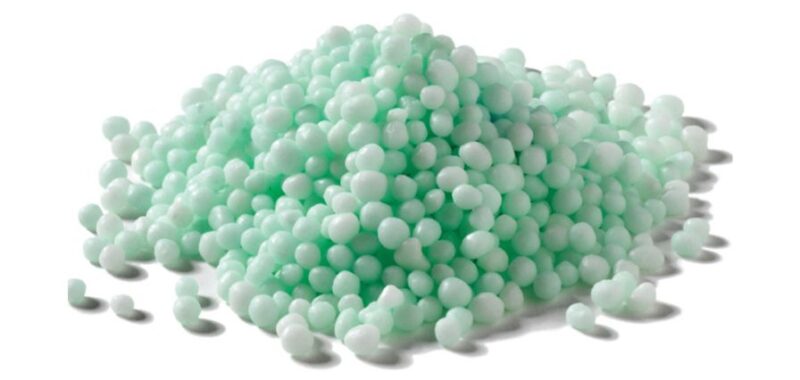Exploring new ways to utilize nitrogen-based fertilizers plays a crucial role in transitioning towards a more circular and sustainable greenhouse horticulture sector. For nitrogen to be used efficiently and safely, the nutrient must be both pure and highly soluble. Alexander van Tuyll from Wageningen University & Research highlights the possibilities for using circular nitrogen from residual streams and green alternatives to conventional chemical processes.
Plants require nitrogen to grow. Although the air consists of 78% nitrogen, its natural form — N2 — is not directly available to plants, Alexander van Tuyll explains. “In order to use atmospheric nitrogen as a nutrient, the nitrogen atoms must first be split. Since these atoms are very tightly bonded, breaking them apart requires a great deal of energy. The most common method for doing this is the Haber-Bosch process, but this process relies heavily on natural gas. Natural gas is associated with CO2 emissions and frequent price fluctuations, which is why we are keen to move away from it.”
A Project in Collaboration With the Club of 100
There are various alternatives for nitrogen fertilization, such as extracting nitrogen from the air without using natural gas or reusing nitrogen from residual streams. Both of these routes are the focus of a joint project between WUR and the Club of 100. “For example, in the Haber-Bosch process, green hydrogen could be used instead of natural gas,” says Van Tuyll. “When it comes to residual streams, nitrogen can be recovered from sources such as wastewater or animal manure. These alternatives are already being explored and applied by several members of the Club of 100. However, the available knowledge is still quite fragmented. Our goal was to present these options in a clear, structured overview within a white paper, specifically aimed at application in greenhouse horticulture.”
Recovering Nitrogen From Residual Streams
Van Tuyll also highlights the challenges of extracting nitrogen from residual streams:
“For crops grown in recirculating systems, like vegetables, the requirements for fertilizers differ from those in arable farming or ornamental plant production. One key requirement is solubility, so the fertilizer can be delivered efficiently via drip irrigation systems. Another important factor is a low contamination level — the fertilizer must be free of sodium and heavy metals.
To purify and solubilize nitrogen, bioreactors are used. Our research shows that these systems keep contamination levels well within European safety limits, making the resulting fertilizers very safe to use.”
A Whitepaper Offering Clear Insights
The researchers also compared energy consumption for the various methods:
“Even when using green hydrogen, the Haber-Bosch process remains far more energy-intensive than extracting nitrogen from residual streams. On the other hand, nitrogen from residual streams tends to have a lower concentration, which can present additional logistical challenges.
With this white paper, we aim to provide a clear comparison of both approaches. This will allow fertilizer producers to make well-informed decisions and develop their products in the most sustainable way possible. Ultimately, this also helps growers achieve more sustainable cultivation.”
The nitrogen project is a collaboration between the Greenhouse Horticulture Business Unit and Wageningen Food & Biobased Research. Researcher Marc Lanting, representing Food & Biobased Research, investigated the various technologies involved.
For additional information on circular fertilizers and their applications in greenhouses, please read the original news release from WUR as well as the first published white paper of the series.

